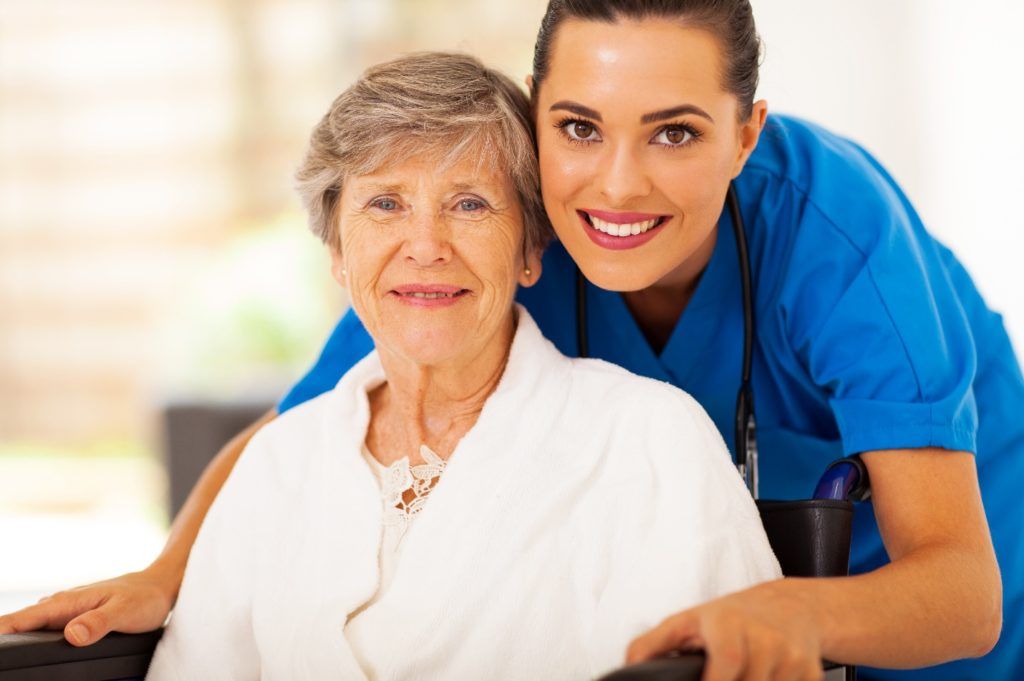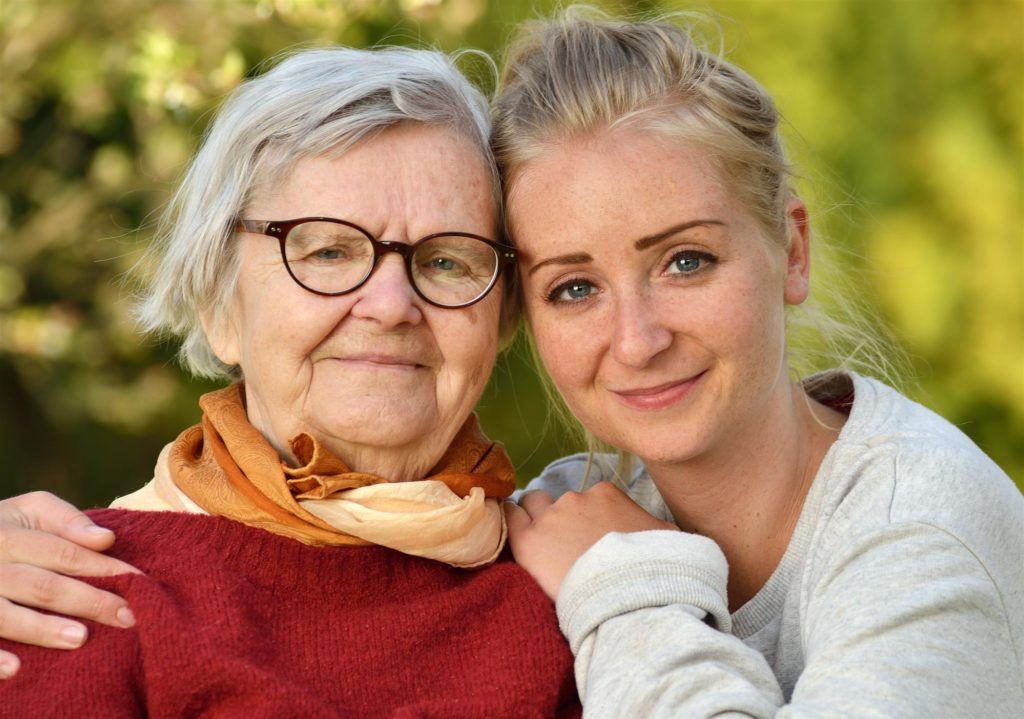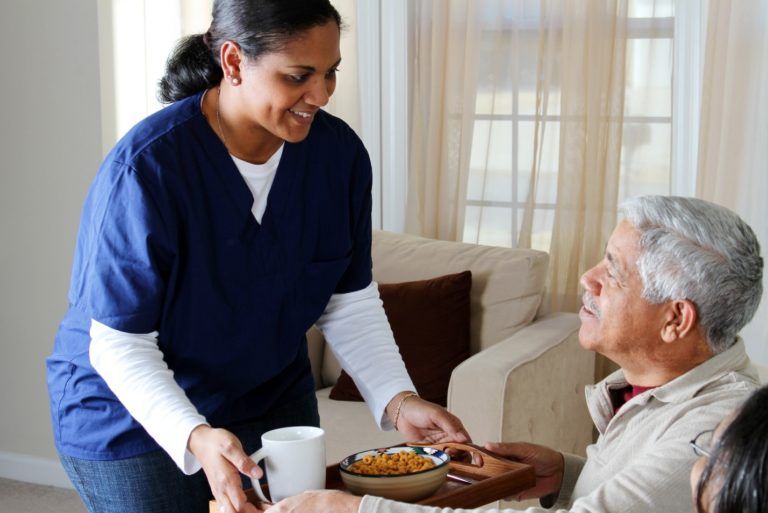How To Minimize Caregiver Burden
As the sibling, spouse, parent, or child of a loved one needing elderly help, you already have experienced the limitless value of in-home caregiver services. Providing these services involves and demands vast amounts of hard work and dedication, which caregivers are more than happy to provide. However, over time, stress can build and lead to a condition called caregiver burnout.
Caregiver burnout can also occur if you are personally providing services to your loved one. This level of involvement can lead to serious burnout, as, in caring for others, we all too often neglect our own health.

What Is Caregiver Burnout, and Why Is It Important to Recognize the Signs?
Caregiver burnout is defined by psychologists as a debilitating psychological condition brought on by unrelieved stress. The condition has many warning signs. Unfortunately, by the time the caregivers themselves recognize the signs, they may already be in the latter stages of burnout.
Being able to recognize the signs of burnout in yourself or in your loved one’s caregiver is vital because the condition can have a direct effect on the level of care your loved one receives. It’s also important to recognize the signs because your caregiver may not be able to recognize them.
Have You Seen These Signs in Your Caregiver?
The symptoms of burnout may or may not be visible. For example, your caregiver’s mood may not appear to have changed, but they may be experiencing feelings of hopelessness. While you can’t see some signs, there are many others which are visible, whether because you have witnessed them or because the caregiver has verbalized them. Visible signs of burnout include:
- Mood swings and depression
- Weight loss or gain
- Lack of energy
- Physical issues like stomach aches or headaches
- Irritability and impatience with your loved one
- Frequent or lingering colds
In yourself, you may feel as though you are unable to control various areas of your life, such as finances or scheduling. You may also feel confused about how to separate your new role as caregiver from your role as a spouse, sibling, or another family member.
What to Do When You Recognize the Signs of Caregiver Burnout

If you notice that your family member’s in-home caregiver is exhibiting any of the signs mentioned above, you can try to talk to them about it. Your next step will be to find another caregiver for your loved one.
If you are experiencing the symptoms yourself, there are many things you can do. First, be gentle with yourself. Take the time to get away and do something that you enjoy. Eat well, get regular exercise, and talk to a friend or counselor. It may also be time to consider hiring a caregiver.
Connecticut In-Home Assistance offers several options for those looking for elderly caregivers. We provide hourly, 8- and 12-hour shifts, and 24-hour live-in service. Learn more about how our services can help eliminate the stress of caregiver burnout.
The post How To Minimize Caregiver Burden appeared first on .
Related Posts


Request More Information
Contact Us
We will get back to you as soon as possible.
Please try again later.
Call (855) 412-2273 Today for a Free on Site Assessment!
Give Us A Call!
Call 855-412-2273 today for a Free on Site Assessment
Offices in Stratford, Hamden, Hartford, and Stamford

